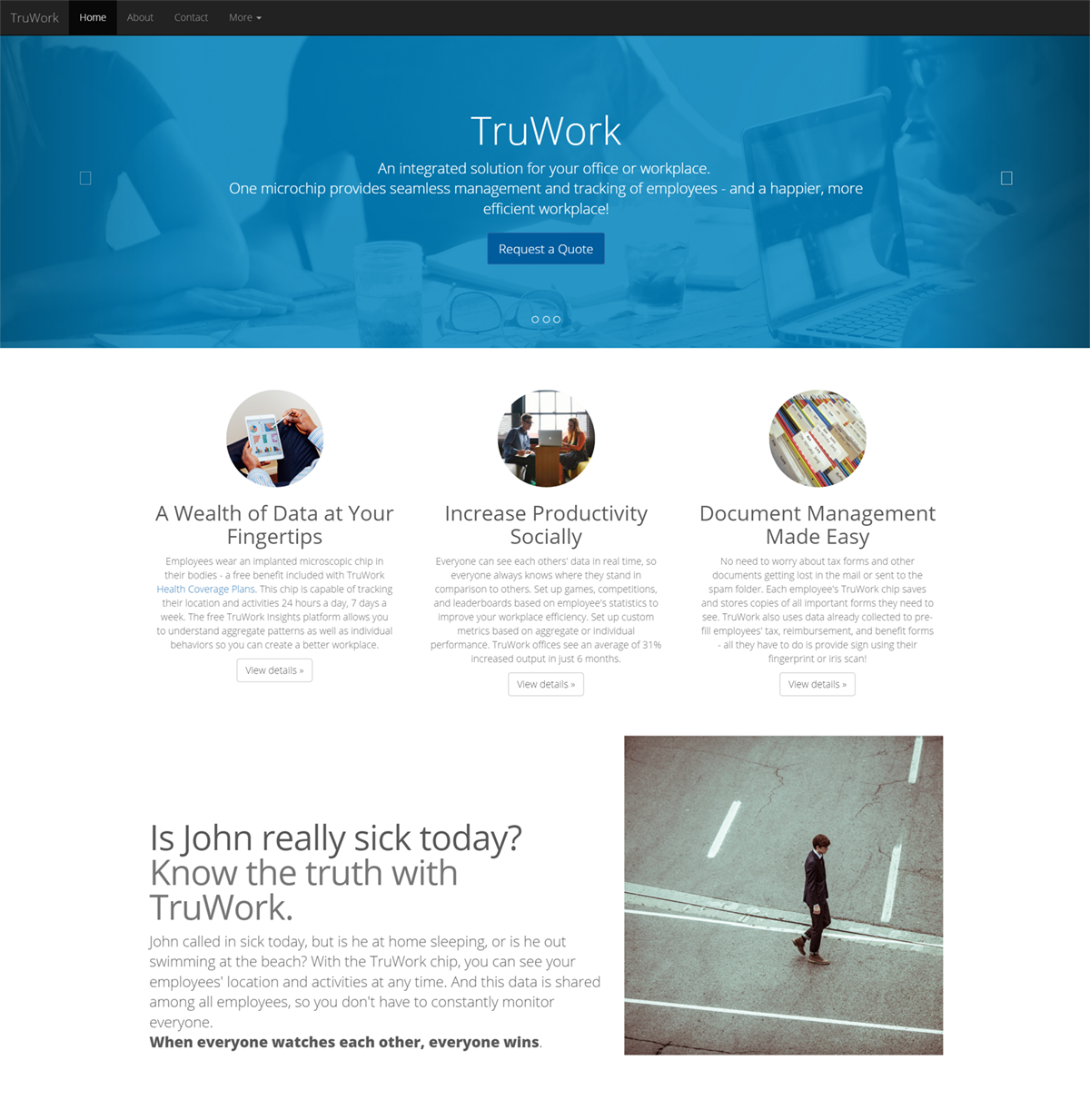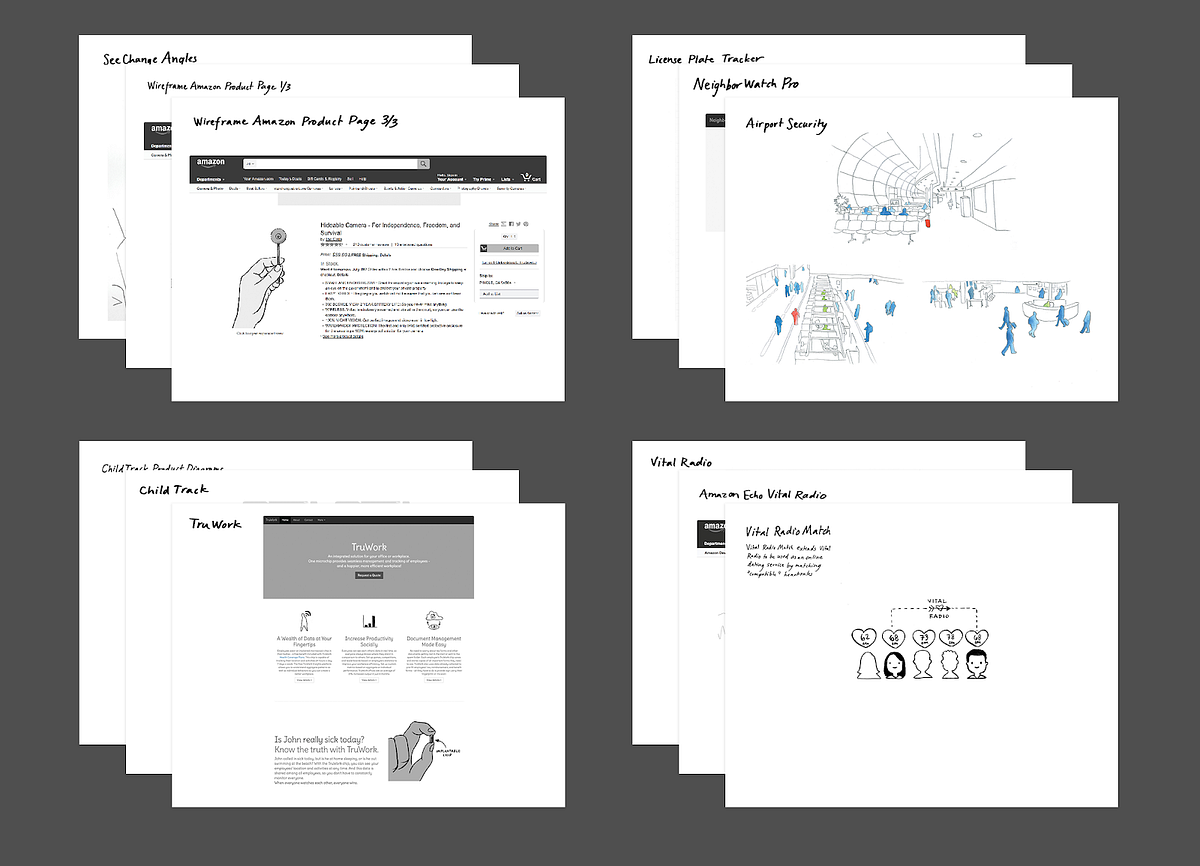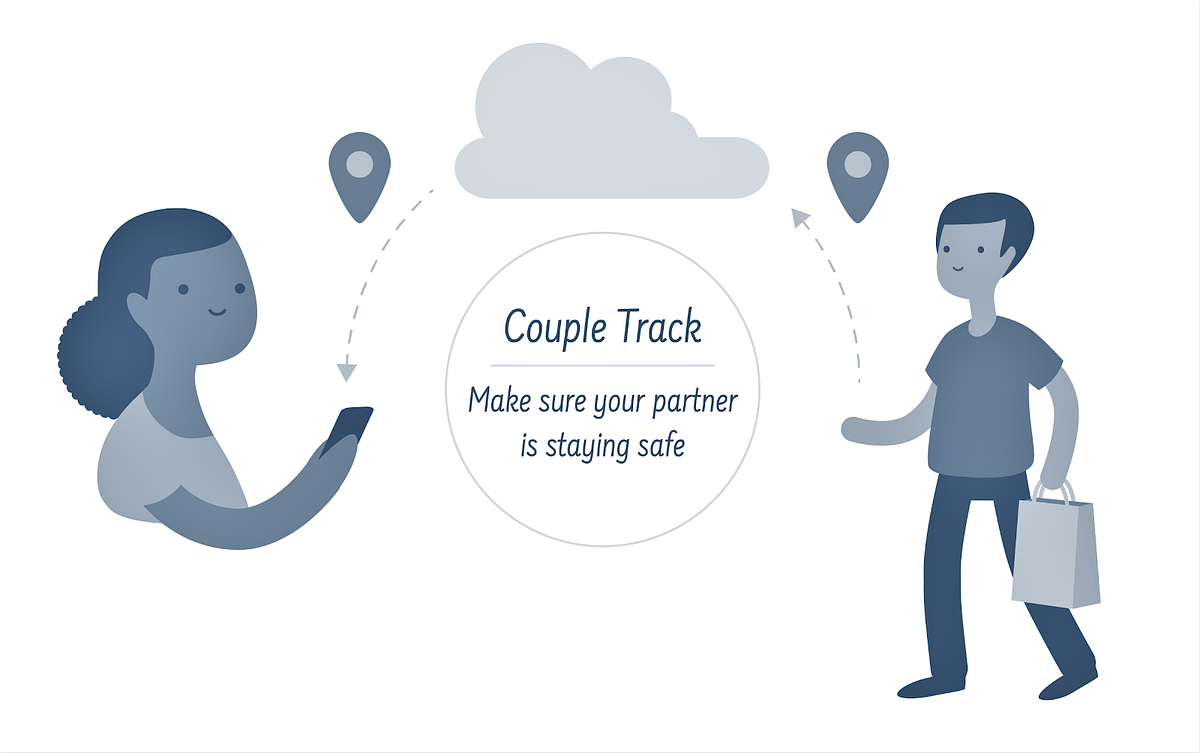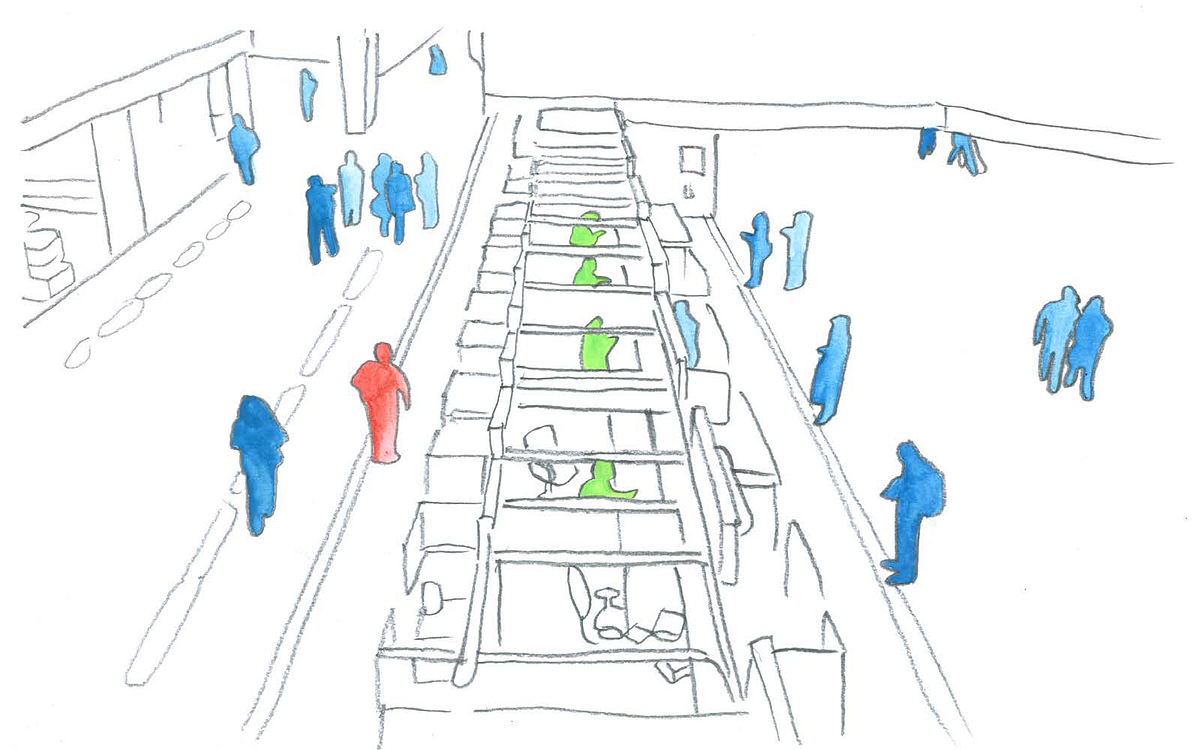This post summarizes a research paper, Eliciting Values Reflections by Engaging Privacy Futures Using Design Workbooks, co-authored with Deirdre Mulligan, Ellen Van Wyk, John Chuang, and James Pierce. The paper will be presented at the ACM Conference on Computer-Supported Cooperative Work and Social Computing (CSCW) on Monday November 5th (in the afternoon Privacy in Social Media session). Full paper available here.
Recent wearable and sensing devices, such as Google Glass, Strava, and internet-connected toys have raised questions about ways in which privacy and other social values might be implicated by their development, use, and adoption. At the same time, legal, policy, and technical advocates for “privacy by design” have suggested that privacy should embedded into all aspects of the design process, rather than being addressed after a product is released, or rather than being addressed as just a legal issue. By advocating that privacy be addressed through technical design processes, the ability for technology professionals to surface, discuss, and address privacy and other social values becomes vital.
Companies and technologists already use a range of tools and practices to help address privacy, including privacy engineering practices, or making privacy policies more readable and usable. But many existing privacy mitigation tools are either deductive, or assume that privacy problems already known and well-defined in advance. However we often don’t have privacy concerns well-conceptualized in advance when creating systems. Our research shows that design approaches (drawing on a set of techniques called speculative design and design fiction) can help better explore, define, perhaps even anticipate, the what we mean by “privacy” in a given situation. Rather than trying to look at a single, abstract, universal definition of privacy, these methods help us think about privacy as relations among people, technologies, and institutions in different types of contexts and situations.
Creating Design Workbooks
We created a set of design workbooks — collections of design proposals or conceptual designs, drawn together to allow designers to investigate, explore, reflect on, and expand a design space. We drew on speculative design practices: in brief, our goal was to create a set of slightly provocative conceptual designs to help engage people in reflections or discussions about privacy (rather than propose specific solutions to problems posed by privacy).
Inspired by science fiction, technology research, and trends from the technology industry, we created a couple dozen fictional products, interfaces, and webpages of biosensing technologies, or technologies that sense people. These included smart camera enabled neighborhood watch systems, advanced surveillance systems, implantable tracking devices, and non-contact remote sensors that detect people’s heartrates. In earlier design work, we reflected on how putting the same technologies in different types of situations, scenarios, and social contexts, would vary the types of privacy concerns that emerged (such as the different types of privacy concerns that would emerge if advanced miniatures cameras were used by the police, by political advocates, or by the general public). However, we wanted to see how non-researchers might react to and discuss the conceptual designs.
How Did Technologists-In-Training View the Designs?
Through a series of interviews, we shared our workbook of designs with masters students in an information technology program who were training to go into the tech industry. We found several ways in which they brought up privacy-related issues while interacting with the workbooks, and highlight three of those ways here.

TruWork — A product webpage for a fictional system that uses an implanted chip allowing employers to keep track of employees’ location, activities, and health, 24/7.
First, our interviewees discussed privacy by taking on multiple user subject positions in relation to the designs. For instance, one participant looked at the fictional TruWork workplace implant design by imagining herself in the positions of an employer using the system and an employee using the system, noting how the product’s claim of creating a “happier, more efficient workplace,” was a value proposition aimed at the employer rather than the employee. While the system promises to tell employers whether or not their employees are lying about why they need a sick day, the participant noted that there might be many reasons why an employee might need to take a sick day, and those reasons should be private from their employer. These reflections are valuable, as prior work has documented how considering the viewpoints of direct and indirect stakeholders is important for considering social values in design practices.
A second way privacy reflections emerged was when participants discussed the designs in relation to their professional technical practices. One participant compared the fictional CoupleTrack implant to a wearable device for couples that he was building, in order to discuss different ways in which consent to data collection can be obtained and revoked. CoupleTrack’s embedded nature makes it much more difficult to revoke consent, while a wearable device can be more easily removed. This is useful because we’re looking for ways workbooks of speculative designs can help technologists discuss privacy in ways that they can relate back to their own technical practices.
A third theme that we found was that participants discussed and compared multiple ways in which a design could be configured or implemented. Our designs tend to describe products’ functions but do not specify technical implementation details, allowing participants to imagine multiple implementations. For example, a participant looking at the fictional automatic airport tracking and flagging system discussed the privacy implication of two possible implementations: one where the system only identifies and flags people with a prior criminal history (which might create extra burdens for people who have already served their time for a crime and have been released from prison); and one where the system uses behavioral predictors to try to identify “suspicious” behavior (which might go against a notion of “innocent until proven guilty”). The designs were useful at provoking conversations about the privacy and values implications of different design decisions.
Thinking About Privacy and Social Values Implications of Technologies
This work provides a case study showing how design workbooks and speculative design can be useful for thinking about the social values implications of technology, particularly privacy. In the time since we’ve made these designs, some (sometimes eerily) similar technologies have been developed or released, such as workers at a Swedish company embedding RFID chips in their hands, or Logitech’s Circle Camera.
But our design work isn’t meant to predict the future. Instead, what we tried to do is take some technologies that are emerging or on the near horizon, and think seriously about ways in which they might get adopted, or used and misused, or interact with existing social systems — such as the workplace, or government surveillance, or school systems. How might privacy and other values be at stake in those contexts and situations? We aim for for these designs to help shed light on the space of possibilities, in an effort to help technologists make more socially informed design decisions in the present.
We find it compelling that our design workbooks helped technologists-in-training discuss emerging technologies in relation to everyday, situated contexts. These workbooks don’t depict far off speculative science fiction with flying cars and spaceships. Rather they imagine future uses of technologies by having someone look at a product website, or a amazon.com page or an interface and thinking about the real and diverse ways in which people might experience those technology products. Using these techniques that focus on the potential adoptions and uses of emerging technologies in everyday contexts helps raise issues which might not be immediately obvious if we only think about positive social implications of technologies, and they also help surface issues that we might not see if we only think about social implications of technologies in terms of “worst case scenarios” or dystopias.
Paper Citation:
Richmond Y. Wong, Deirdre K. Mulligan, Ellen Van Wyk, James Pierce, and John Chuang. 2017. Eliciting Values Reflections by Engaging Privacy Futures Using Design Workbooks. Proc. ACM Hum.-Comput. Interact. 1, CSCW, Article 111 (December 2017), 26 pages. DOI: https://doi.org/10.1145/3134746
This post is crossposted with the ACM CSCW Blog



